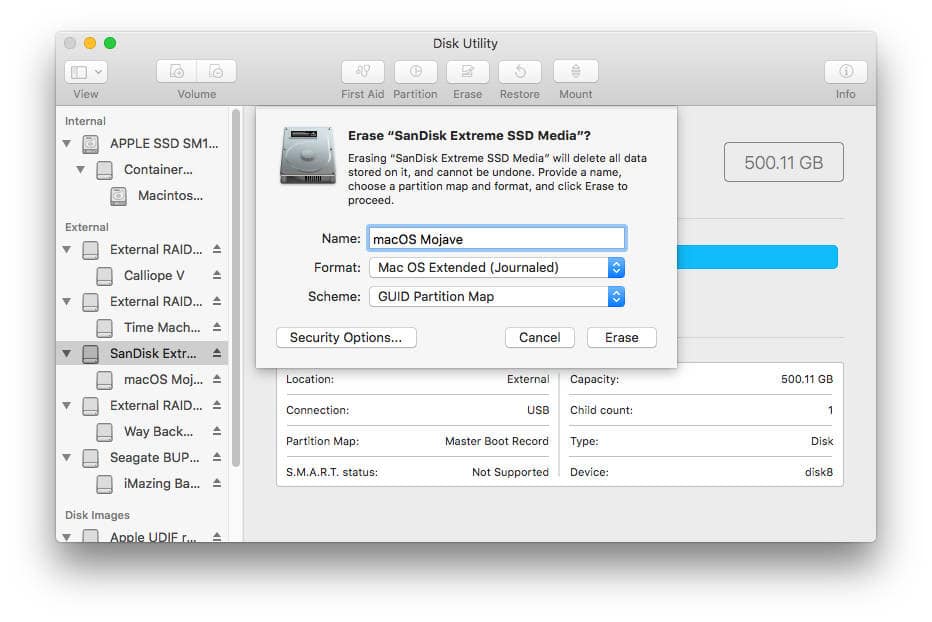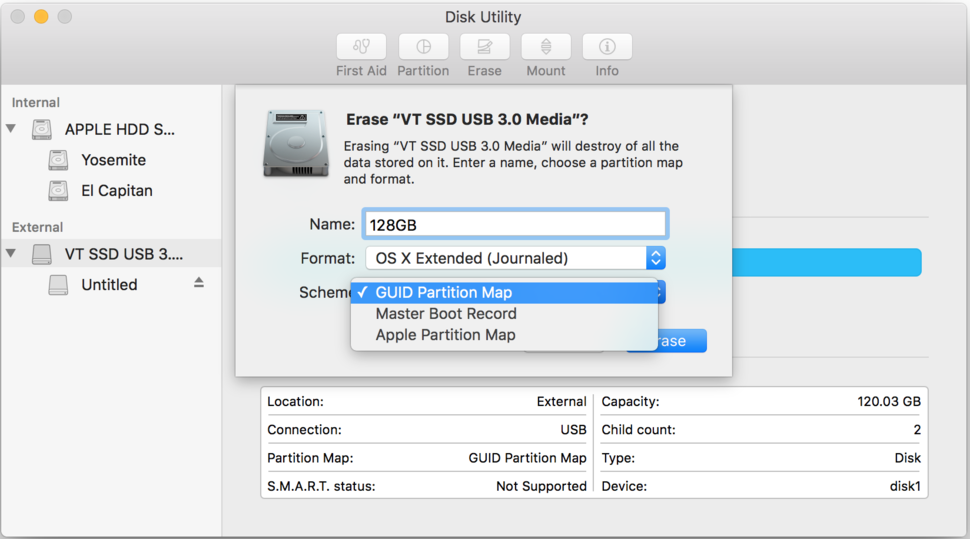If you're having problems with a disk, Disk Utility can check the disk and repair problems it detects. How to repair a disk To browse the Disk Utility User Guide, click Table of Contents at the top of the page. When to Use Disk Utility. As mentioned above, there are many instances where you can use Disk Utility. But many Mac users usually only open it if they experience any of the following problems: Macs don't start up. Netspeedmonitor for mac. External devices don't work. Apps quit unexpectedly. Files are corrupted. A disk needs to be ejected, mounted, or unmounted. OS X's Disk Utility—which enables you to format, partition, repair, and perform other kinds of maintenance on disks (including SSDs, flash drives, and disk images)—is good for what it does. Drive Genius 3 is a powerful disk utility for Mac OS X. Hard drive utility on.3 is a disk utility for Mac.complete drive utility.

By better, I guess you mean more thorough or better by being able to run without having to boot from the OS X DVD that came with your iMac. Apple's Disk Utility works well, but in order to really repair disk problems and disk permissions, you need to boot from the OS X DVD, because Disk Utility can't do those complete repairs when actually booted from the same disk. You can boot from the DVD and Disk Utility will do a good job, and of course you need to use it to partition the hard drive for Boot Camp.
But there's a disk utility that I use that works very well, and it's called AppleJack. It can be run in single user mode by itself, and it repairs disk problems and file permissions and cleans caches. I've used it for years, and it has recently been updated to run on OS X Snow Leopard.
It's not the usual program you're used to running on your iMac. It's text-based and runs in single user root mode, so you need to be careful using it. To run it, you hold down the Apple Key and the 'C' key at the same time right after you hear the startup chime. It looks like this:
Read the instructions that download with it. But Applejack works very well, and I usually install it on all the Macs I work on. It can fix some errors that Apple's Disk Utility can't fix. And it also clears font caches and does other cleanup.

By better, I guess you mean more thorough or better by being able to run without having to boot from the OS X DVD that came with your iMac. Apple's Disk Utility works well, but in order to really repair disk problems and disk permissions, you need to boot from the OS X DVD, because Disk Utility can't do those complete repairs when actually booted from the same disk. You can boot from the DVD and Disk Utility will do a good job, and of course you need to use it to partition the hard drive for Boot Camp.
But there's a disk utility that I use that works very well, and it's called AppleJack. It can be run in single user mode by itself, and it repairs disk problems and file permissions and cleans caches. I've used it for years, and it has recently been updated to run on OS X Snow Leopard.
It's not the usual program you're used to running on your iMac. It's text-based and runs in single user root mode, so you need to be careful using it. To run it, you hold down the Apple Key and the 'C' key at the same time right after you hear the startup chime. It looks like this:
Read the instructions that download with it. But Applejack works very well, and I usually install it on all the Macs I work on. It can fix some errors that Apple's Disk Utility can't fix. And it also clears font caches and does other cleanup.
I even use Applejack on client's machines, and if there are problems, I can talk to them on the phone and have them run Applejack, and have been able to fix problems just like that.
Disk Utility User Guide
Disk Repair Utility For Mac
Disk Utility can fix certain disk problems—for example, multiple apps quit unexpectedly, a file is corrupted, an external device doesn't work properly, or your computer won't start up. Disk Utility can't detect or repair all problems that a disk may have.
If you run First Aid on a disk, Disk Utility checks the partition maps on the disk and performs some additional checks, and then checks each volume. If you run First Aid on a volume, Disk Utility verifies all the contents of that volume only.
In the Disk Utility app on your Mac, choose View > Show All Devices.
Note: If you're checking your startup disk or startup volume, restart your computer in macOS Recovery, select Disk Utility in the macOS Utilities window, then click Continue. If you check your startup volume (Macintosh HD), make sure you also check your data volume (Macintosh HD - Data).
In the sidebar, select a disk or volume, then click the First Aid button .
If Disk Utility tells you the disk is about to fail, back up your data and replace the disk—you can't repair it. Otherwise, continue to the next step.
Click Run, then click Continue.
If Disk Utility reports that the disk appears to be OK or has been repaired, you're done. You can click Show Details to see more information about the repairs. Otherwise, you may need to do one of the following.
Mac drivers download. If Disk Utility reports 'overlapped extent allocation' errors, two or more files occupy the same space on your disk, and at least one of them is likely to be corrupted. You need to check each file in the list of affected files. Most of the files in the list have aliases in a DamagedFiles folder at the top level of your disk.
If you can replace a file or re-create it, delete it.
If it contains information you need, open it and examine its data to make sure it hasn't been corrupted.
If Disk Utility can't repair your disk, or you receive a report that the First Aid process failed, try to repair the disk or partition again. If that doesn't work, back up as much of your data as possible, reformat the disk, reinstall macOS, then restore your backed-up data.
If your Mac has a Fusion Drive and you see a flashing question mark or alert, see the troubleshooting section of the Apple Support article About Fusion Drive, a storage option for some Mac computers.
If you continue to have problems with your disk or it can't be repaired, it may be physically damaged and need to be replaced. For information about servicing your Mac, see Find out how to service or repair your Mac.
